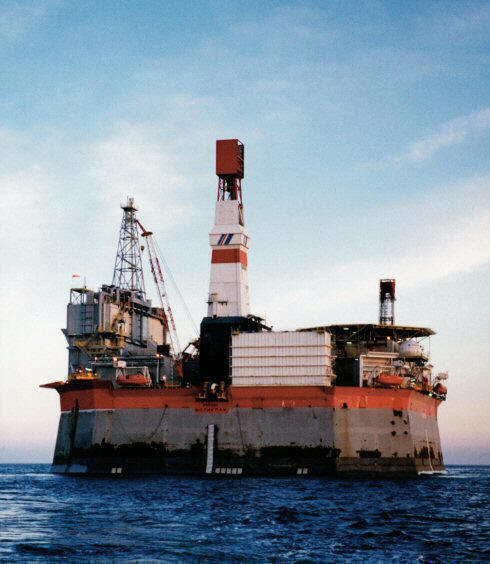         |
  It
is often necessary to densify loose granular soils to achieve acceptable
foundation performance of structures, particularly in areas of seismic activity
where it is necessary to reduce soil liquefaction and seismic deformation
potential. Compaction in granular soils is achieved by vibration, typically
either by insertion of a large vibrating poker into the ground (vibro-compaction)
or by frequent drops of a large mass from a great height (deep dynamic
compaction). Increases in building code design accelerations for structures in
potential seismic areas and the resulting increase in the requirement for
densification has led to investigation of the potential for use of explosive
compaction (EC) as an economic alternative to the more traditional techniques. It
is often necessary to densify loose granular soils to achieve acceptable
foundation performance of structures, particularly in areas of seismic activity
where it is necessary to reduce soil liquefaction and seismic deformation
potential. Compaction in granular soils is achieved by vibration, typically
either by insertion of a large vibrating poker into the ground (vibro-compaction)
or by frequent drops of a large mass from a great height (deep dynamic
compaction). Increases in building code design accelerations for structures in
potential seismic areas and the resulting increase in the requirement for
densification has led to investigation of the potential for use of explosive
compaction (EC) as an economic alternative to the more traditional techniques.
Explosive compaction also has application in the
mining sector where it can be used to shake down tailings ponds
provided the tailings consist of essentially non-plastic silt and sand-size
particles. In this way, the volume of the existing tailings is reduced,
increasing the storage capacity of the tailings impoundment and minimizing the
need to raise the crest elevation of the tailings containment dyke.
A further application of EC in the mining sector relates to the use of explosive
detonations in unsaturated granular material comprising heap leach pads to
destructure the heap material. This destructuring process breaks down preferred
drainage channels and eliminates blockages in flow path, thereby improving the
flow capacity of the heap and increasing the efficiency and recovery within the
heap leach pad.
|

